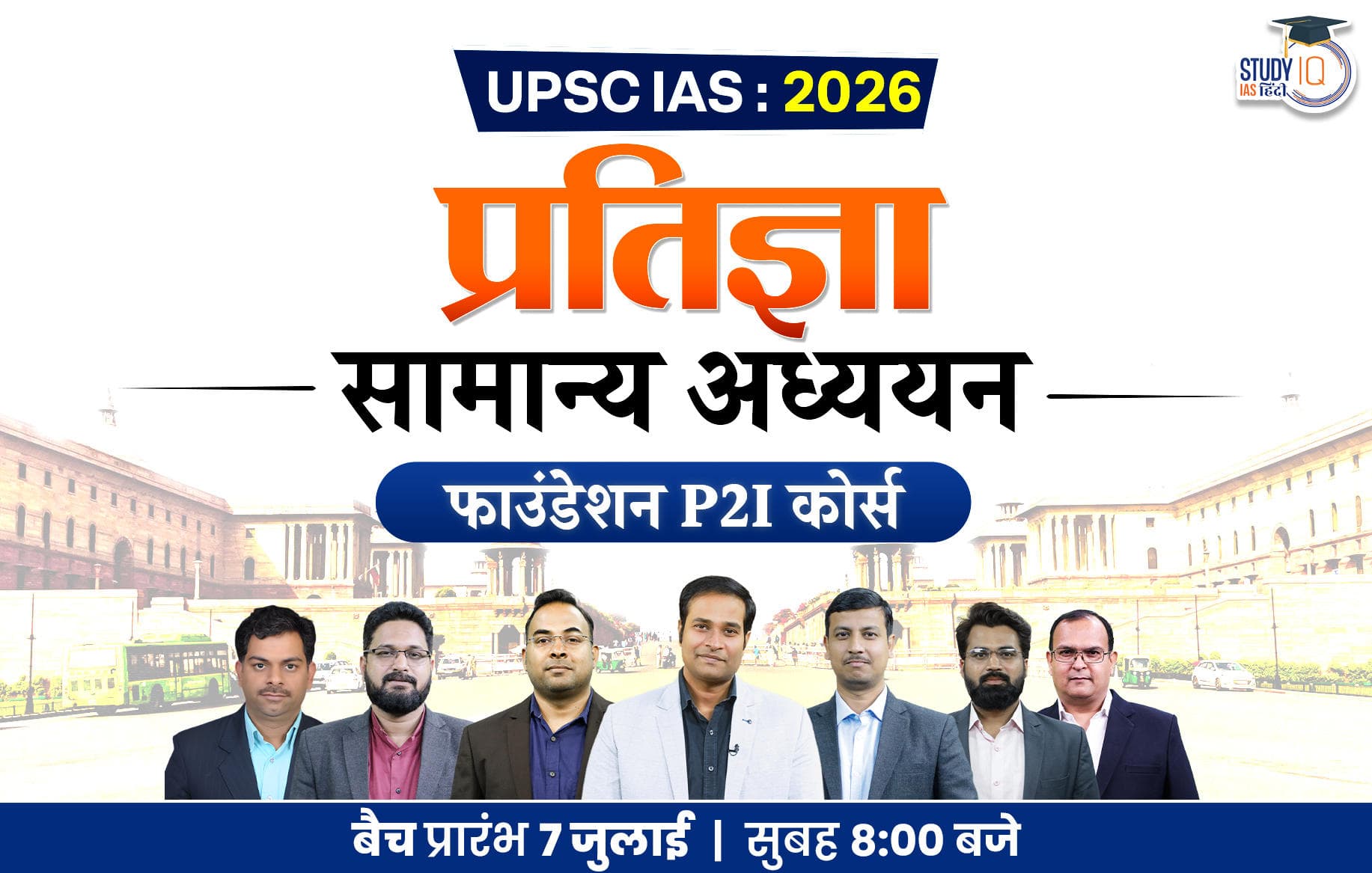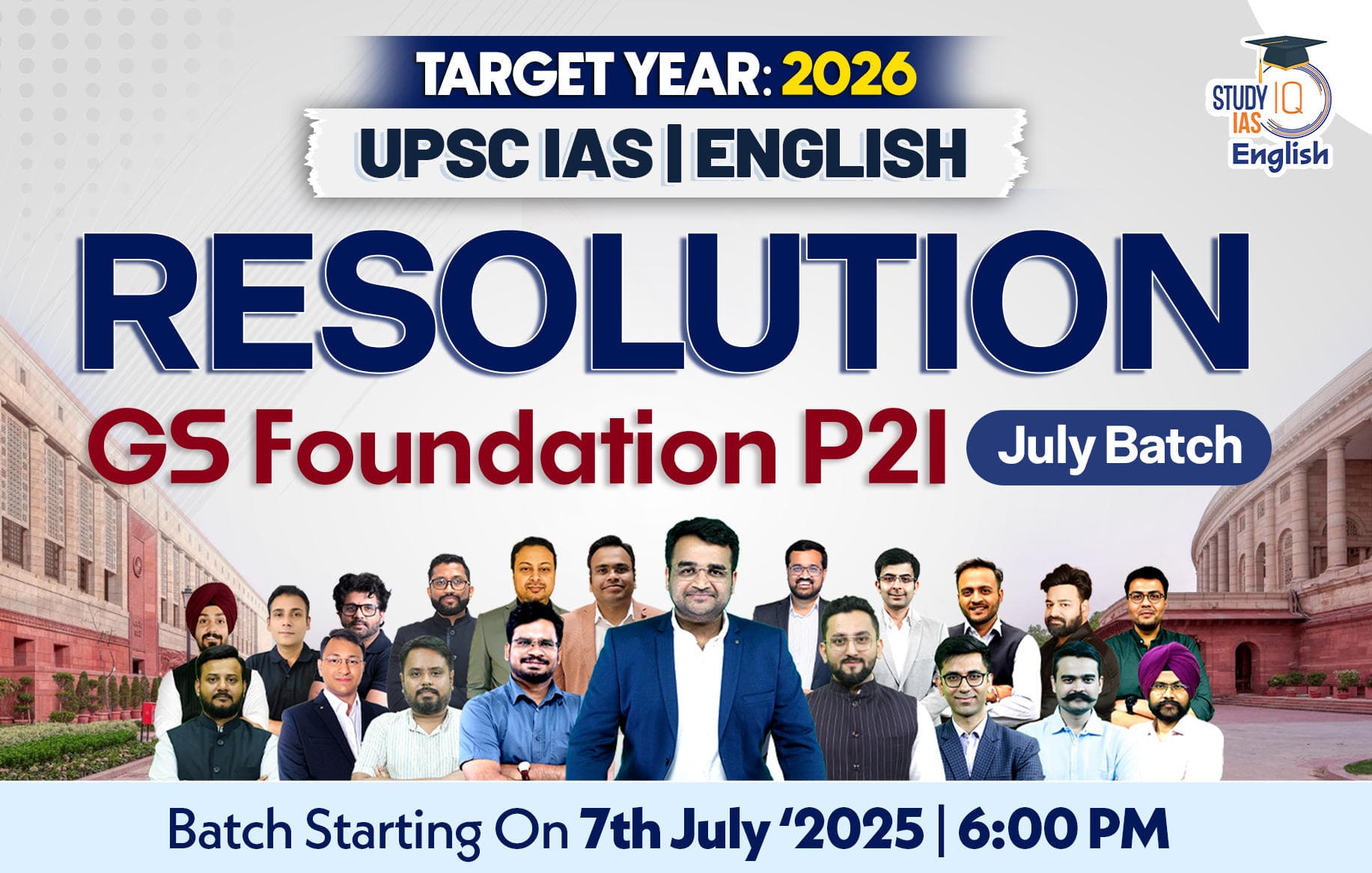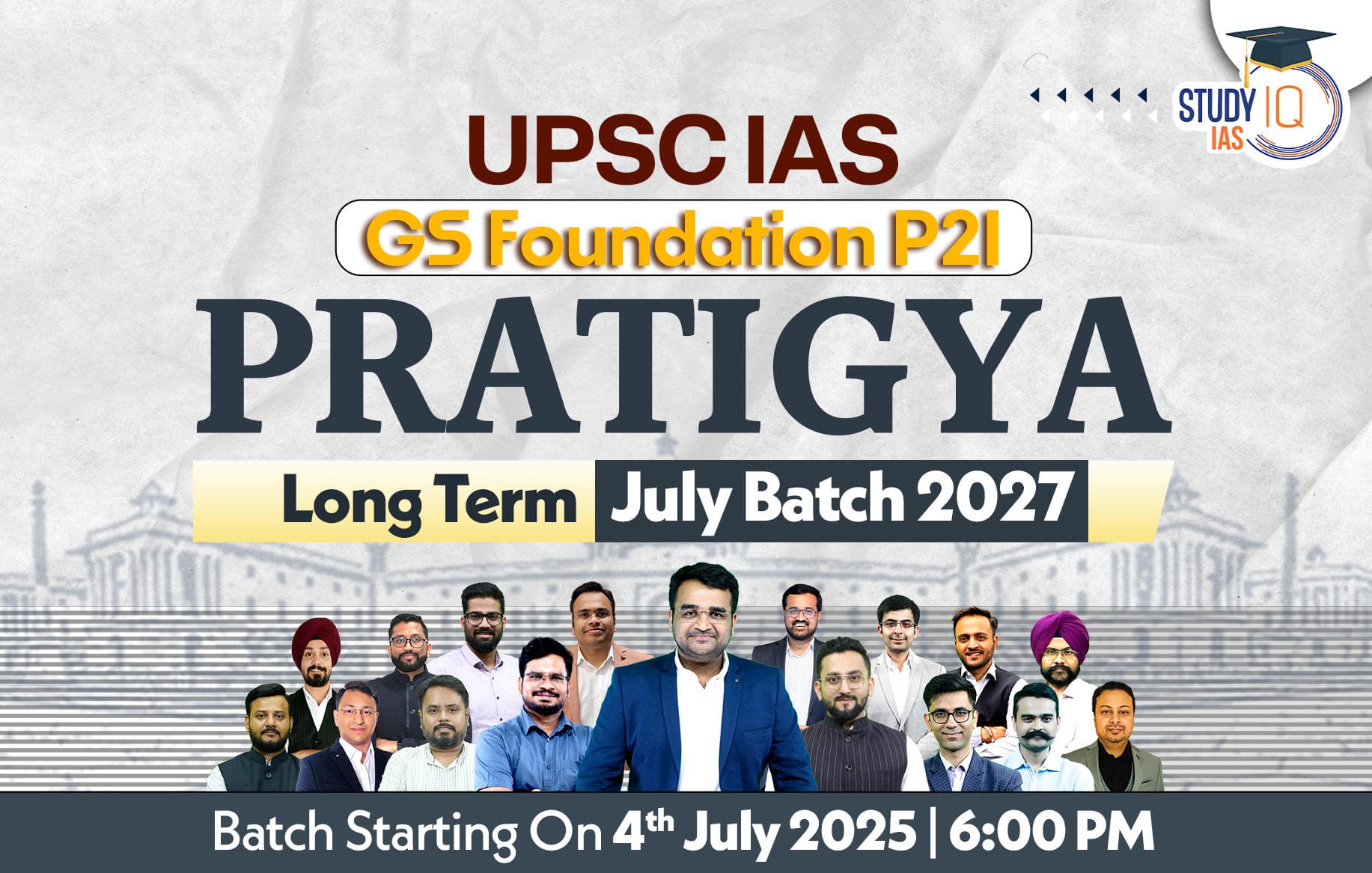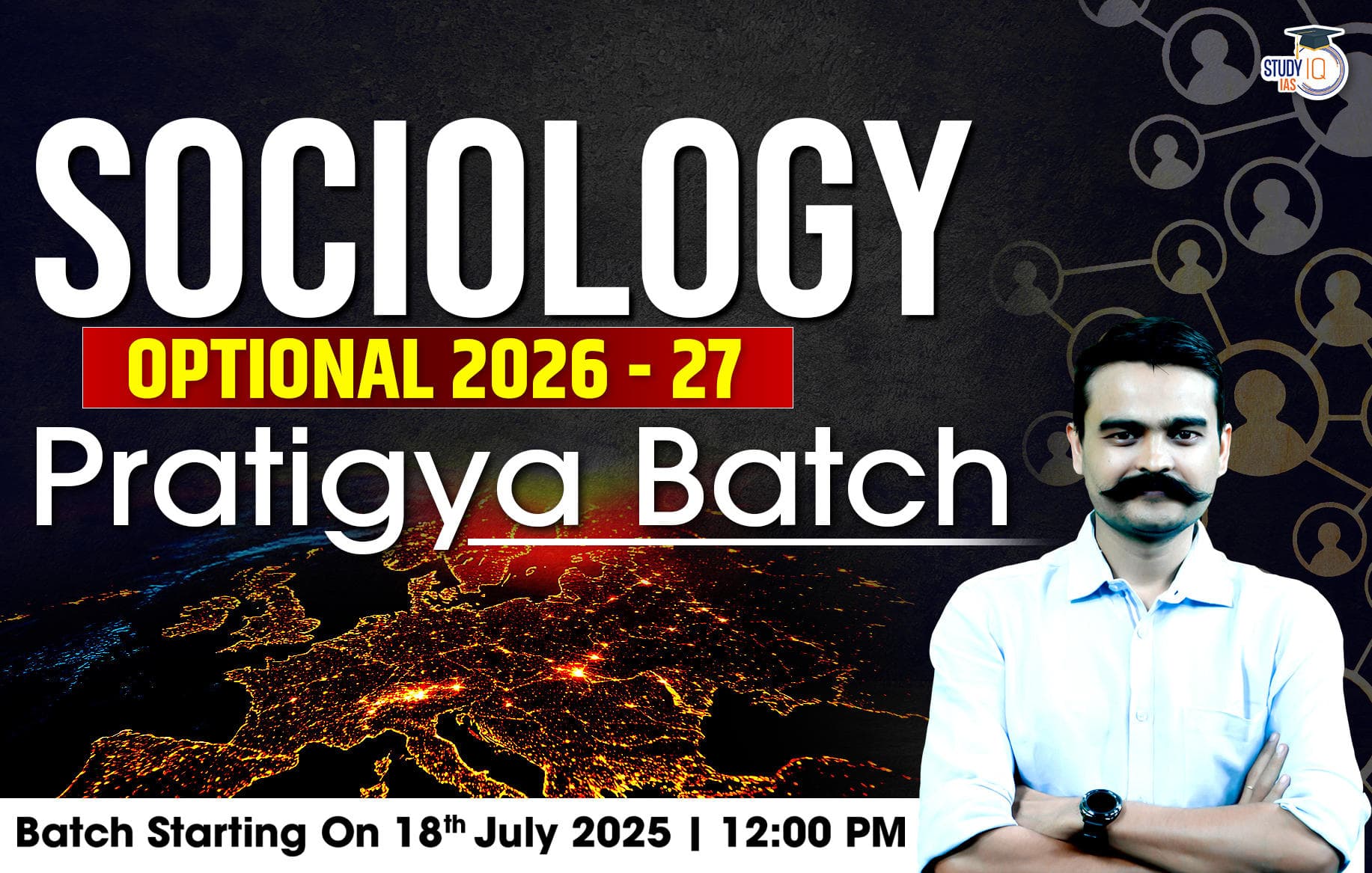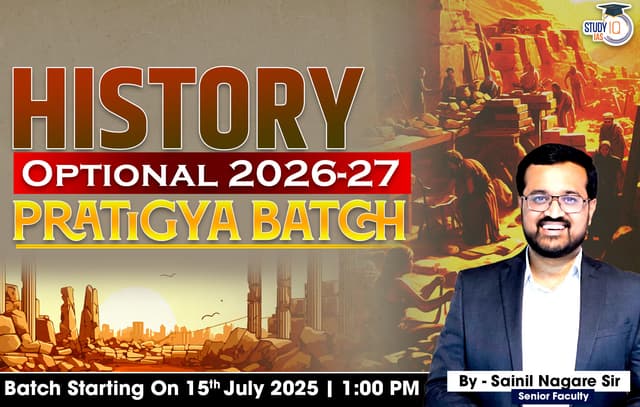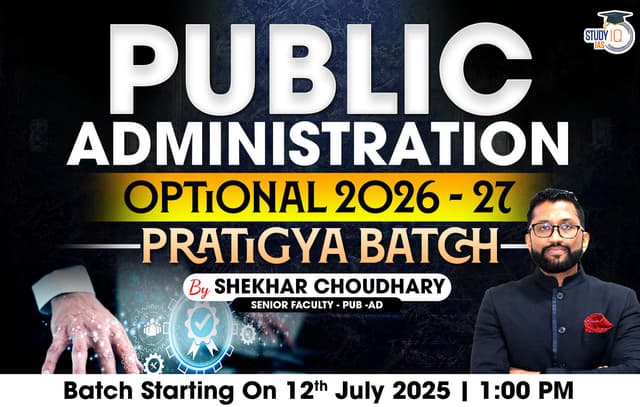Table of Contents
Context: The Atal Mission for Rejuvenation and Urban Transformation (AMRUT) has reached a major milestone, completing 10 years since its launch on June 25, 2015.
10 Years of AMRUT Scheme
- AMRUT Scheme was launched on June 25, 2015. AMRUT is a Centrally Sponsored Scheme by the Government of India.
- Aims to enhance urban infrastructure and ensure a better quality of life in selected cities and towns.
- The AMRUT scheme was launched to enhance the quality of life in urban areas by addressing critical infrastructure needs.
- Focuses on delivering basic civic amenities like water supply, sewerage, urban mobility, and green spaces with an emphasis on inclusivity and sustainability.
Objectives of AMRUT Mission
- Universal Access to Water and Sewerage: Ensure every urban household has functional tap water and sewer connections.
- Improved Urban Livability: Enhance city environments with parks, green spaces, and non-motorized transport
- Pollution Control: Encourage sustainable transport and waste management to curb pollution.
- Inclusive Development: Address the needs of the urban poor and disadvantaged sections by ensuring access to essential services.
| Facts |
|
Key Features and Focus Areas
- Water Supply: Expansion and rehabilitation to achieve universal tap water coverage.
- Sewerage and Septage Management: Increase sewer connectivity and support faecal sludge management.
- Stormwater Drainage: Develop systems to tackle urban flooding and waterlogging.
- Green Spaces and Parks: Allocate up to 5% of project costs for developing child- and elderly-friendly parks.
- Non-Motorised Transport: Build infrastructure for walking and cycling to reduce traffic and air pollution.
Financial Outlay and Implementation
- Total Investment: ₹77,640 crore approved under State Annual Action Plans (SAAPs).
- Central Assistance: ₹35,990 crore committed by the Government of India.
- Projects:
- Over 5,800 projects worth ₹82,222 crore
- More than 4,600 projects completed
- Coverage:
- Initially included 500 cities, now scaled up to cover all Urban Local Bodies (ULBs) under AMRUT 2.0.
- Key Achievements:
- Provided 134 lakh water tap connections.
- Installed 102 lakh sewer connections, moving towards universal service coverage.
- Financial Outlay: The total outlay for AMRUT is ₹50,000 crore (Phase 1) and ₹2,99,000 crore (Phase 2), with the Central government contributing ₹76,760 crore in Phase 2.
| 100-Day Agenda of AMRUT Mission |
|
AMRUT 2.0
AMRUT 2.0 scheme was launched on 01 October 2021 for a period of 5 years (from 2021-22 to 2025-26).
AMRUT 2.0 will focus on:
- Enhancing sewerage and septic management, and making all Indian cities water secure.
- providing 100% coverage of water supply to all households in around 4,700 urban local bodies by providing about 2.68 crore tap connections and
- 100% coverage of sewerage and septage in 500 AMRUT cities by providing around 2.64 crore sewer or septage connections
Implementation Progress of AMRUT Scheme
- Funds Dispersed: As of May 19, 2024, ₹83,357 crore has been dispersed under the scheme.
- Key Achievements:
- 58,66,237 tap connections provided.
- 37,49,467 sewerage connections were established.
- 2,411 parks developed.
- 62,78,571 LED lights were replaced.
Challenges of AMRUT Scheme
Water and Sanitation
- An estimated 200,000 people die annually due to inadequate water, sanitation, and hygiene.
- India’s disease burden due to unsafe water and sanitation is significantly higher than China’s.
- Untreated wastewater and limited water treatment pose health risks.
- 40% of India’s population may lack access to drinking water by 2030.
- 31% of urban households lack piped water, and 67.3% lack piped sewerage connections.
Air Pollution
Air quality in AMRUT cities continues to deteriorate, necessitating the launch of the National Clean Air Programme in 2019.
What Went Wrong?
- Flawed Design: The scheme adopted a project-oriented approach instead of a holistic one.
- Lack of Participation: Cities had limited involvement in the planning and implementation process.
- Top-Down Approach: Bureaucrats and private entities dominated decision-making, sidelining people’s representatives.
- Misaligned Priorities: Real estate development often took precedence over sustainable urban planning.
- Neglect of Local Context: Water management failed to consider climate, rainfall patterns, and existing infrastructure.
Way Forward
- Nature-Based Solutions: Incorporate natural solutions like rainwater harvesting and green infrastructure.
- Comprehensive Approach: Address water, sanitation, air pollution, and other urban challenges holistically.
- People-Centric Approach: Empower local communities and elected representatives in decision-making.
- Sustainable Urban Planning: Prioritise long-term sustainability and resilience over short-term gains.

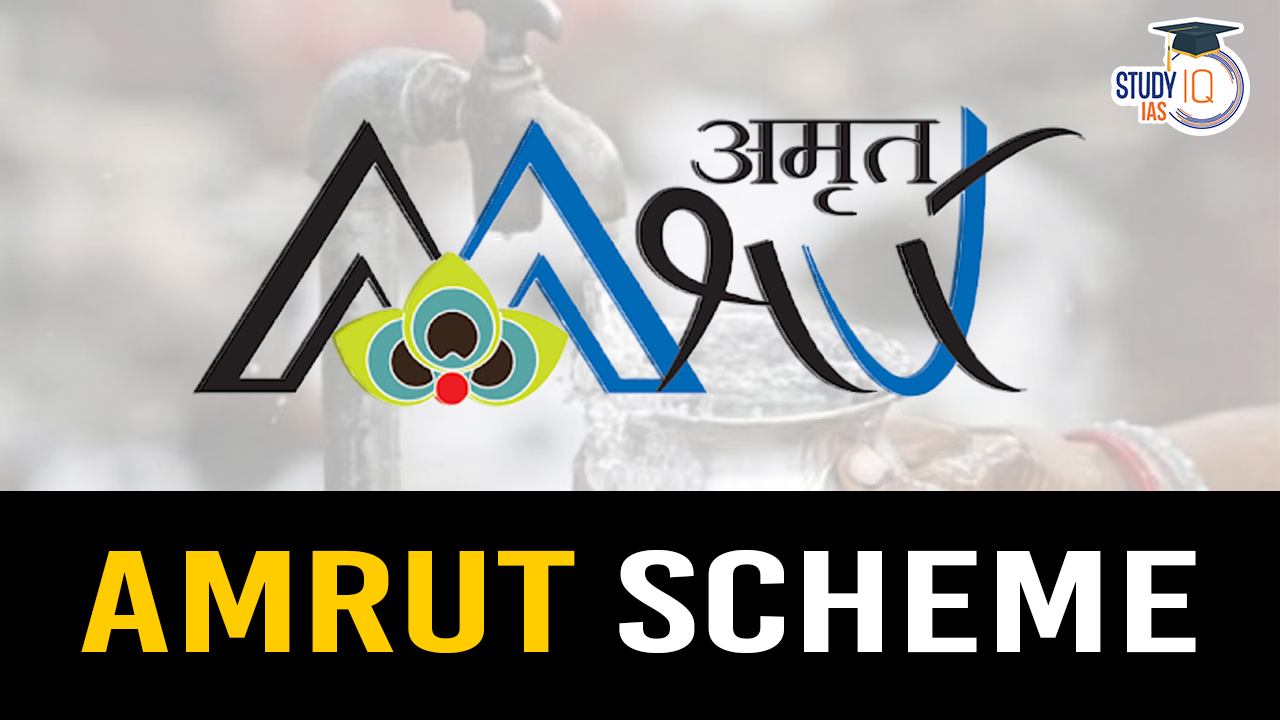
 Mukhyamantri Majhi Ladki Bahin Yojana, O...
Mukhyamantri Majhi Ladki Bahin Yojana, O...
 WHO Launched 3 by 35 Initiative targets ...
WHO Launched 3 by 35 Initiative targets ...
 Shrishti Digital Studio at IIPA, Key Fea...
Shrishti Digital Studio at IIPA, Key Fea...


